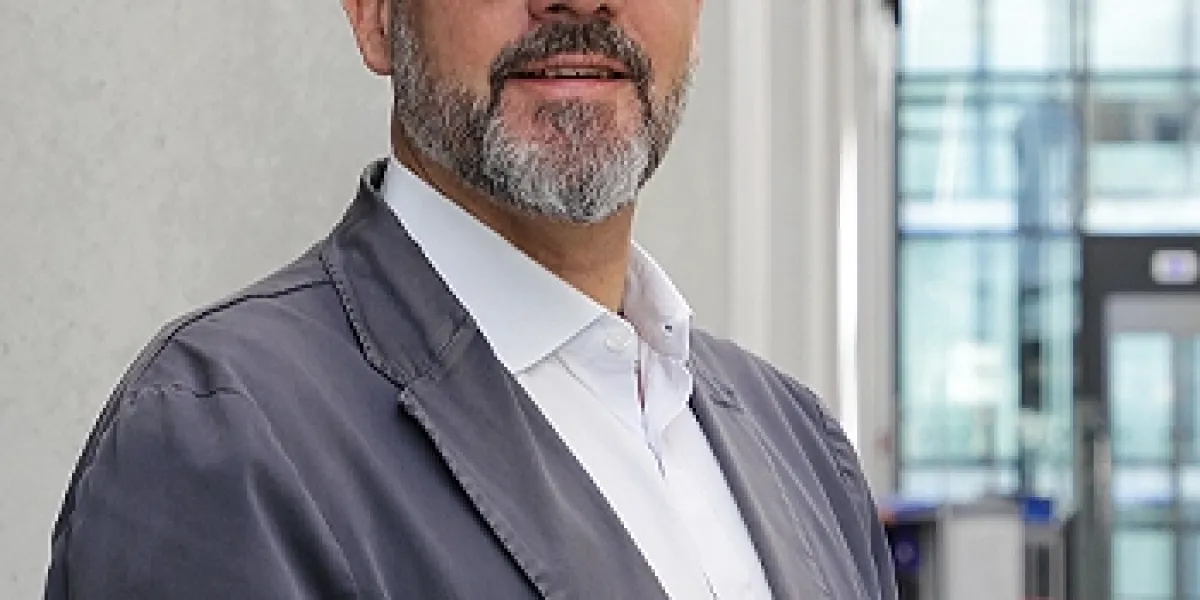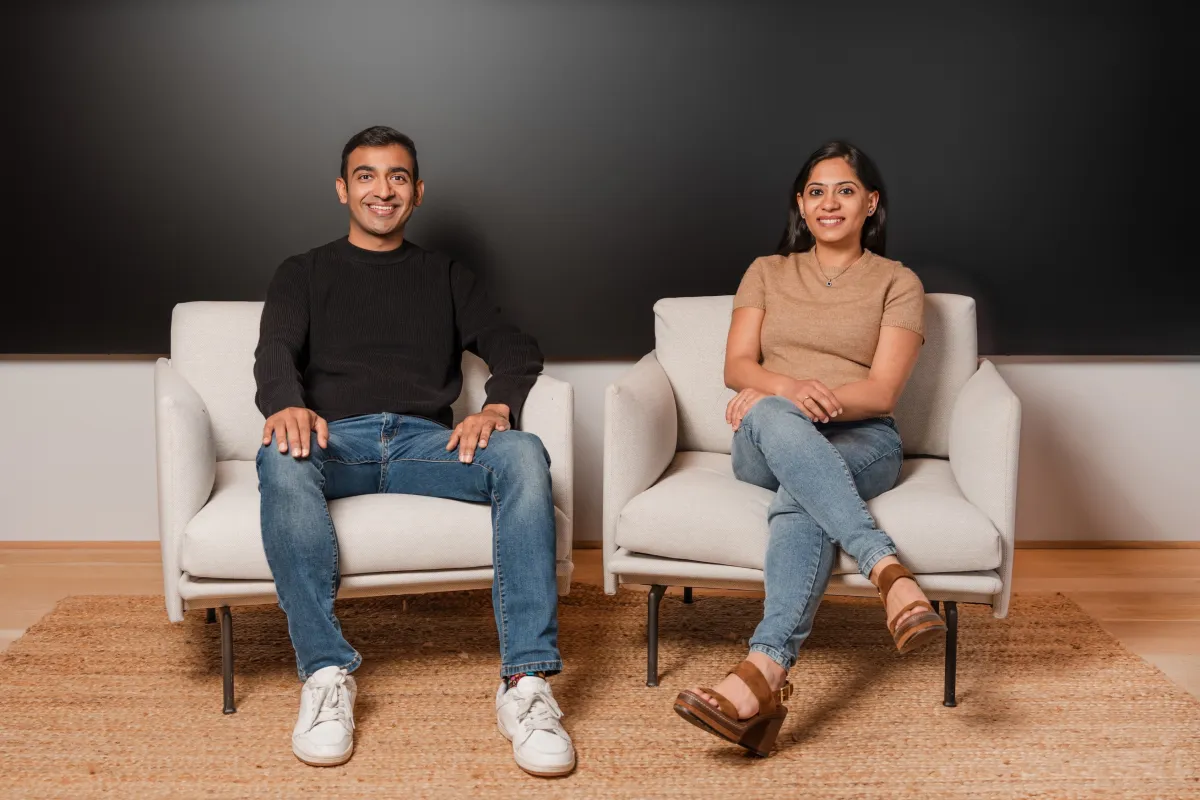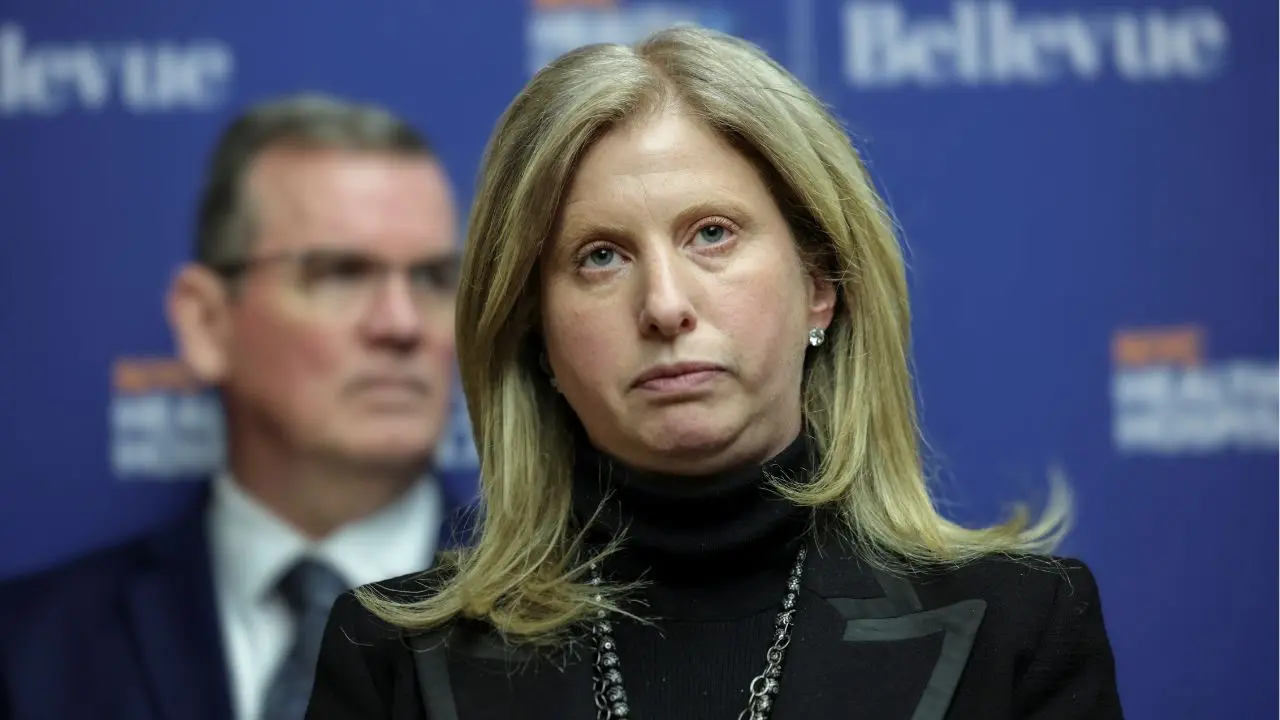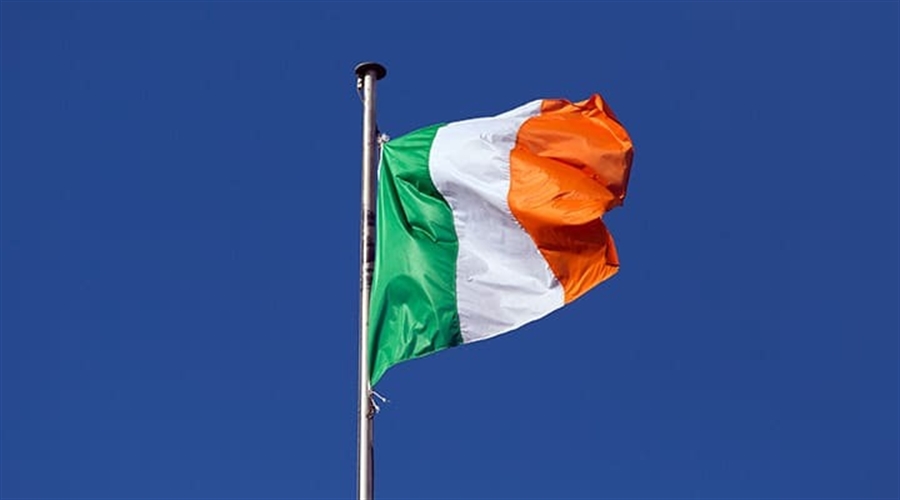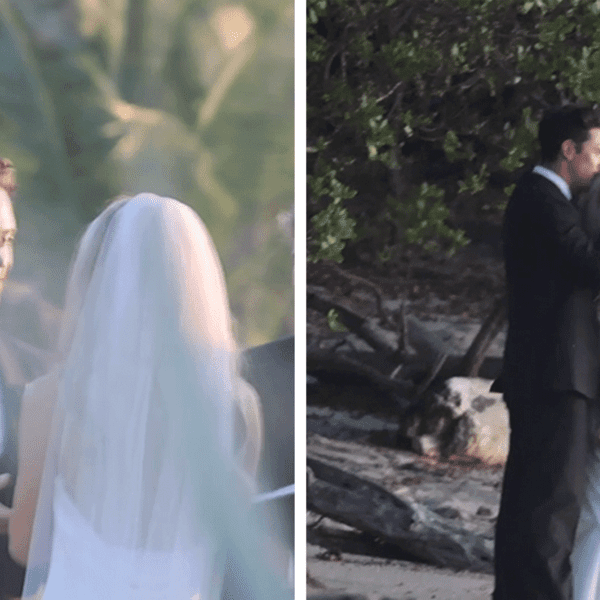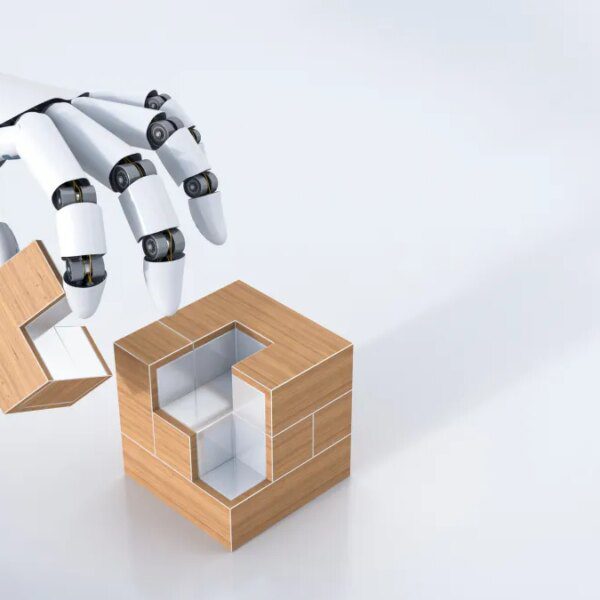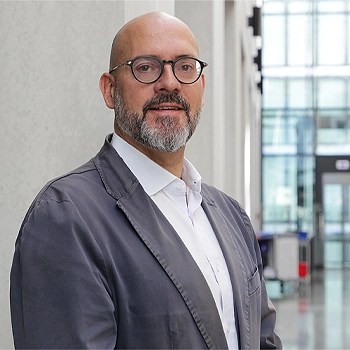
The impending $31 “Great Wealth Transfer” over the coming decade—a once-in-a-generation passing of assets from baby boomers to younger heirs—may turn on a surprising fulcrum: the fate of private art collections. For some families, said Wolfe Tone, vice chair and leader of Deloitte Private in the U.S., art is the “connective tissue,” strengthening intergenerational bonds.
Speaking at the 17th Deloitte Private Art & Finance Conference, held at the Citigroup headquarters in downtown Manhattan on Nov. 4, Tone said the Deloitte Private practice serves nearly 9,000 clients comprising people-owned businesses, family offices and related high-net-worth individuals as well as mid-market private equity and startup technology companies.
Deloitte’s annual Art & Finance report lays out the stakes: nearly $31 trillion will shift from roughly 1.2 million wealthy individuals with net worths above $5 million by 2035, with ultra-high net worth individuals (defined as those with $30 million-plus in assets) accounting for a dominant $19.84 trillion of that sum. Art and collectibles represent 5% of this conservatively. This means that nearly $1 trillion in art could change hands, or about $100 billion annually. And if it’s all disorganized, or some of it has been invested in a niche market, this could be a real challenge for wealth managers.
“I know people who collect dinosaur skeletons,” said Hannes Hofmann, Citi’s head of the Family Office Group, during a separate panel at the conference.
He said that being able to monetize an asset is very important and explained that such unusual collections pose a particular challenge to a wealth manager.
From a global bank’s perspective, Hofmann added, it’s harder to value objects in the more niche art collectibles market for credit or insurance purposes, because there isn’t much or any transactional history that can help produce a valuation. In a credit event, he added, it’s harder to monetize collateral when only a small group of collectors are providing liquidity.
This fits into a wider picture, Hofmann explained. Citi has seen collectors’ interests diversify from the core art forms of paintings, paper and sculpture, he said, especially when it comes to the next generation, with interests as diverse as NFTs or prehistoric fossils, and the bank is constantly evolving with clients’ needs. Still, Hofmann said about niche investments, “there’s no question that it’s an area that will continue to grow.”
Wedge or glue?
In addition to difficulties in assigning value to certain assets, issues around ownership and provenance complicate the picture too.
As Adriano Picinati di Torcello, a 30-year veteran of the industry and the coordinator of Deloitte’s Global Art & Finance efforts since 2008, explained in an interview with Fortune: “Collections can bring families closer together, but also drive them apart.” This is especially the case when key questions—like which works should be kept, sold, or donated—go unresolved.
“It’s a critical issue,” di Torcello continued, “and if you are not well prepared, you will end up into a disaster.” Speaking generally about his dealing with clients, he said it’s not uncommon at all to find clients have missing documentation, even missing artworks.
“They don’t know even maybe where the works maybe are, or maybe if they’ve been loaned or whatever,” he added. Art collections among the wealthy aren’t just valuable assets, they’re emotional anchors, cultural signifiers, and increasingly, flashpoints of family discord.
Both Citi and Deloitte’s findings in this area resonate with each other. For its part, Citi’s Global Family Office Report 2025 reveals that art represents 1% of the average family office’s assets. But there is more to art than its portfolio allocation implies: “Creating a shared vision and values for their future together” is among the top three concerns of the families in the survey.
Deloitte’s Art & Finance report, commissioned by di Torcello’s team and now in its ninth edition, states bluntly that the “next generation of art heirs is largely uninformed and unprepared.” The report, which draws on insights from 57 experts and nearly 500 survey responses, finds that roughly six in 10 collectors (61%) haven’t discussed their art collection with their heirs at all, while another 21% had only mentioned it without any in-depth discussion about what inheriting entails.
As di Torcello explained to Fortune, this can backfire if the generations aren’t in sync with each other. It puts a lot of pressure on wealth managers like himself, who “need to be there to help to create this dialogue between the different generations.”
For example, they often need to prepare the older generation to accept that “maybe your kids, they don’t like whatever you have collected because they prefer more the, I don’t know, urban art or digital art or whatsoever.”
He also described scenes that would come straight out of the TV series Succession. “Of course, if it’s not well organized, you can create also conflict between the kids, because they would say, ‘Why do you get this one instead of this one?’” You can end up with one heir getting a collection with a higher value than other assets and that “can be a source of tensions,” he said.
As for what millennials actually like, di Torcello said he has observed a generational shift in priorities. He told Fortune that his practice is seeing “a kind of a return to emotion” in younger heirs. The older generation discusses financial attributes, whereas the younger heirs are “kind of going back to emotion, culture, purpose.” He said the financial dimension remains, but is losing its importance somewhat.
Art is still resisting the tech age in the era of AI
Di Torcello explained that over several decades in the industry, he has witnessed waves of digital transformation ripple through other industries, but art has remained stubbornly resistant to modern tools and efficiencies. He referenced a keynote from the Nov. 4 conference from Carina Popovici, co-founder and CEO of a tech company called Art Recognition that does exactly what its name implies: uses artificial intelligence to deduce whether a painting is a secret Raphael or a knock-off. A member of the crowd raised their hand to strenuously disagree with the notion of such technology entering the art world.
“I think we have to be open,” di Torcello said, arguing, “it’s not that technology is replacing the human being, it’s just an additional tool to support.” He told Fortune that he thinks the biggest challenge for his sector is efficiency, a theme in the Art & Finance report for eight years running. In his opinion, the sector simply needs modernization. “This is affecting all stakeholders in this art and finance ecosystem,” di Torcello said, “from the artist, from the galleries, the dealers, the auction houses, to the museums, to the collector.” He added that this is something “very precious, it’s something very, very important for our society, for our humanity in general. And I don’t understand why we don’t try to make things more efficient in that sector.”
Citi’s Hofmann argued that art can become a vital bridge across generations. “Art is more than an investment,” he said in a statement to Fortune—although it is hopefully also that. It’s about passion, supporting artists, and it’s about “beautiful things that hopefully enhance the quality of life of the family in the future. Art can be something that keeps the family together and shapes the family, especially if the next generation grows up with it.”

